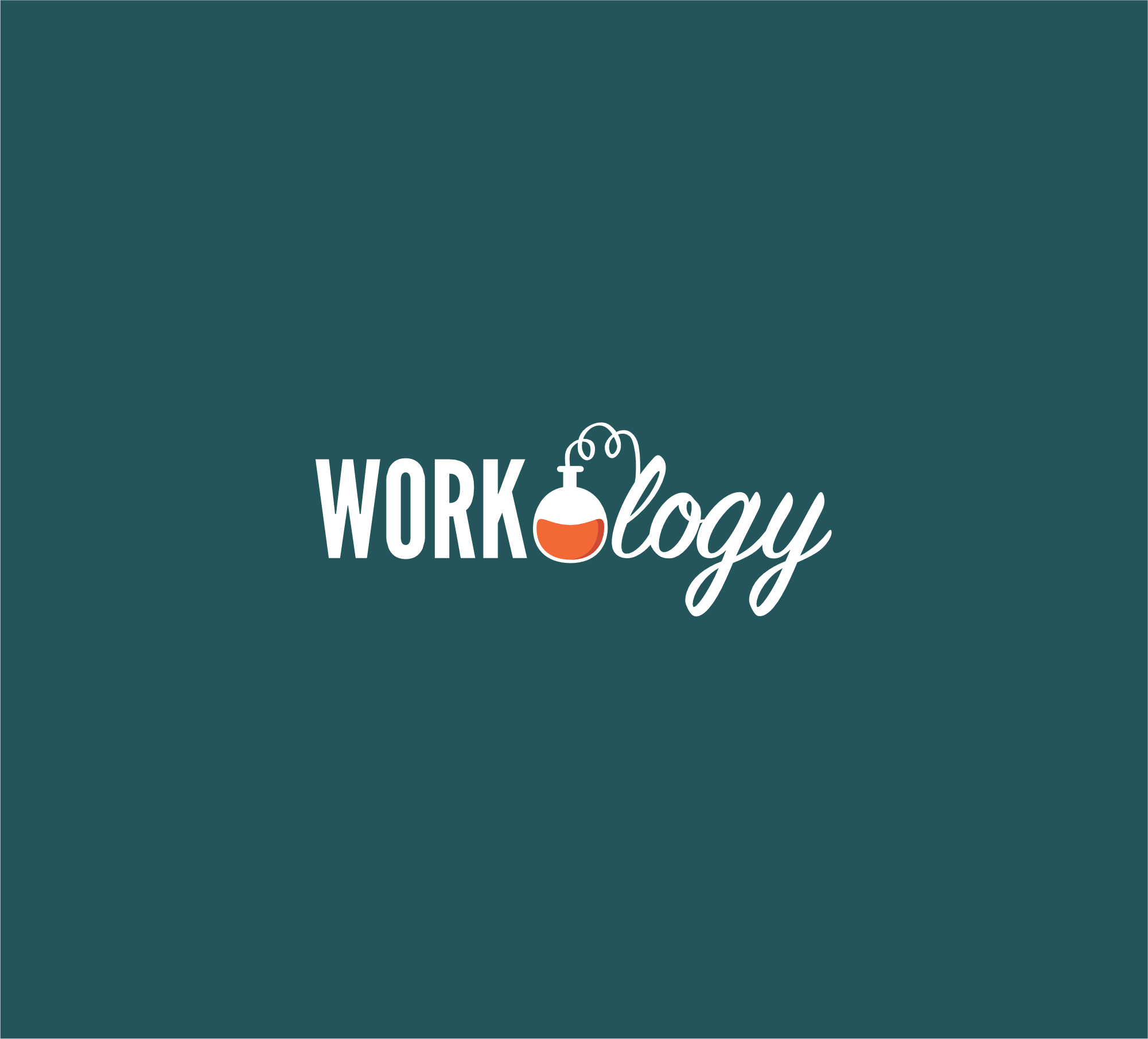As organizations talk about the pivot to hybrid work and what it means for workplaces themselves, let’s look back at where our modern-day concept of 9-5 work even came from.
LET THE DATA DECIDE: USING WIFI TO INFORM YOUR HYBRID WORKSPACE
In 1908, according to this Atlantic piece, a New England factory started to give its Jewish workers two days off around Saturday sabbath. That is believed to be the start of our “weekend” concept. A few decades and a Great Depression later, the trend of working five days a week took hold across the U.S.
Even as office work started to evolve, and technology started to accelerate decade by decade, that old notion of when we work continued strong. This century it seemed like we might be edging toward possible acceptance of a four-day week as even big companies sparked conversation. Google’s Larry Page wondered aloud if by dropping one day from the workweek, would it be better for employees and businesses. Entire countries have trialled the concept.
Today all that seems forever ago. Because a pandemic has compelled corporate chance as it lays bare the foundations of how and when we work. Companies now have to see how they can navigate change and make hybrid workstyles work for them.
THE OFFICE MUST SERVE A PURPOSE
Employees now seek the flexibility to commute to offices on specific days for specific purposes. The office is no longer a place to simply perform work. Instead, it is the destination to serve a wide range of specific needs for each employee, and each department.
It naturally follows then that an office space designed to serve the “office as a factory” mindset can’t adequately serve the “space as a service” mindset that’s now front and center in a hybrid work model.
Hybrid employees require spaces that drive efficiency, promote collaboration, and enhance comfort – elements your typical office was not necessarily designed to do. For some, this rethink of space is an opportunity to rightsize real estate portfolios. Others are seeking to reconfigure in new and better ways, being flexible and thinking holistically about what a business and its many different teams need from that real estate – now and into the future.
To that end, it’s important to know:
– Do you have the space you need to support your teams?
– How could your existing office space in fact serve more people?
– How can you make the greatest, and most cost-effective impact to your workplaces?
– How can your real estate best serve employee experience, helping the team be productive and working together?
DATA FOR A FUNCTIONAL, EFFICIENT, STRATEGIC SPACE
Understanding how people use a space is essential. This is where data is invaluable. Insights such as visit frequency, new and returning visitors, and the levels of interactivity between employees provide a rich tapestry to design the office, assign resources, inform policies, and, if needed, rationalize the overall portfolio.
The good news is the infrastructure to strategize efficiency and empower growth is already available using always-on WiFi-powered indoor location technology.
Since WiFi already exists in most workplaces, these solutions are quick to implement and easy to scale across large portfolios. A solution from InnerSpace works by tracking the movement of anonymous smart devices throughout a building from the time that device enters to the time it leaves. As you can imagine, patterns in how people are using the space are quick to emerge, challenging assumptions or validating changes to layout or function.
For example, InnerSpace recently installed our platform in the main office of a global leader in lodging and hospitality. The client wanted to design the space efficiently, putting resources where they were needed most.
But first they needed data to understand the true needs of their teams. Using WiFi signals, we identified how two distinct teams of employees used the space differently, demonstrating unique needs for their environment. In fact, we also identified sub-teams within those departments whose movements etched predictable patterns over time.
In this particular case, the client was able to use these insights to inform office design, resourcing and seating assignments and notably, to find room within its existing footprint for 100 additional people, saving themselves the enormous cost of office real estate expansion.
In any workplace change project, it is essential to measure and continue to adapt the office space as needed. In a hybrid scenario, this typically means collaborative space must increase and office designs made as flexible as possible, with room versatility a priority. To both chart course now and tweak direction over time, WiFi-based indoor location data can paint a clear picture and provide a strong foundation for all future transformation.







